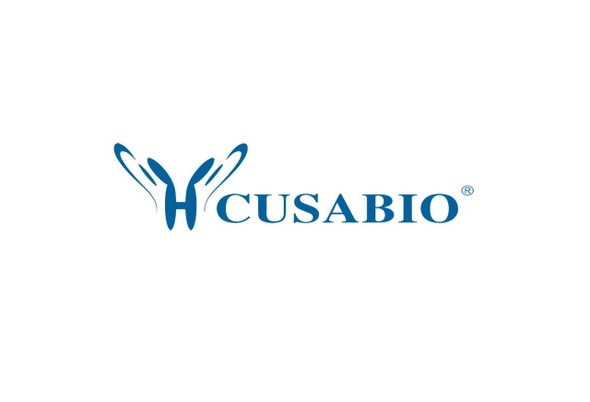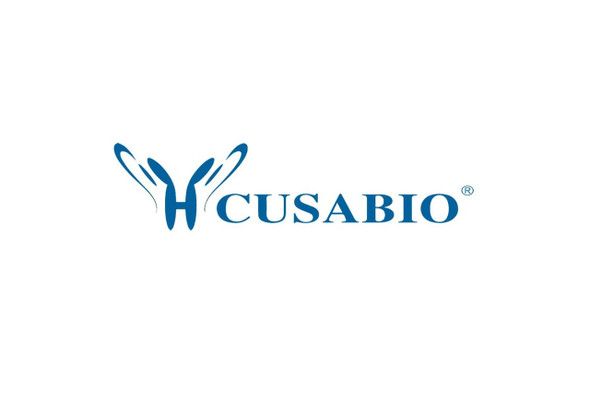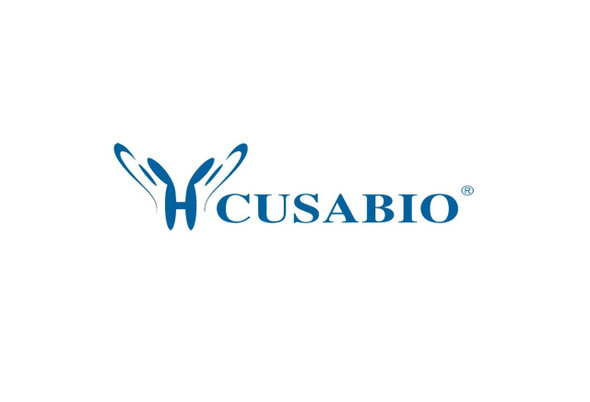Cusabio Mouse Recombinants
Recombinant Mouse Macrosialin (Cd68), partial | CSB-EP004951MO
- SKU:
- CSB-EP004951MO
- Availability:
- 13 - 23 Working Days
Description
Recombinant Mouse Macrosialin (Cd68), partial | CSB-EP004951MO | Cusabio
Alternative Name(s): CD68
Gene Names: Cd68
Research Areas: Others
Organism: Mus musculus (Mouse)
AA Sequence: DCPHKKAVTLLPSFTMTPTATESTASPTTSHRPTTTSHGNVTVHTSSGPTTVTHNPATTTSHGNATISHATVSPTTNGTATSPRSSTVGPHPGPPPPSPSPRSKGALGNYTWANGSQPCVQLQAQIQIRILYPIQGGRKAWGISVLNPNKTKVQGGCDGTHPHLSLSFPYGQLTFGFKQDLHQSPSTVYLDYMAVEYNVSFPQAAQWTFMAQNSSLRELQAPLGQSFCCGNASIVLSPAVHLDLLSLRLQAAQLPDKGHFGPCFSCNRDQS
Source: E.coli
Tag Info: N-terminal 6xHis-SUMO-tagged
Expression Region: 21-291aa
Sequence Info: Extracellular Domain
MW: 44.8 kDa
Purity: Greater than 90% as determined by SDS-PAGE.
Relevance: Could play a role in phagocytic activities of tissue macrophages, both in intracellular lysosomal metabolism and Extracellular domain cell-cell and cell-pathogen interactions. Binds to tissue- and organ-specific lectins or selectins, allowing homing of macrophage subsets to particular sites. Rapid recirculation of CD68 from endosomes and lysosomes to the plasma mbrane may allow macrophages to crawl over selectin-bearing substrates or other cells.
Reference: Influence of caloric restriction on motor behavior, longevity, and brain lipid composition in Sandhoff disease mice.Denny C.A., Kasperzyk J.L., Gorham K.N., Bronson R.T., Seyfried T.N.J. Neurosci. Res. 83:1028-1038(2006)
Storage: The shelf life is related to many factors, storage state, buffer ingredients, storage temperature and the stability of the protein itself. Generally, the shelf life of liquid form is 6 months at -20?/-80?. The shelf life of lyophilized form is 12 months at -20?/-80?.
Notes: Repeated freezing and thawing is not recommended. Store working aliquots at 4? for up to one week.
Function: Could play a role in phagocytic activities of tissue macrophages, both in intracellular lysosomal metabolism and extracellular cell-cell and cell-pathogen interactions. Binds to tissue- and organ-specific lectins or selectins, allowing homing of macrophage subsets to particular sites. Rapid recirculation of CD68 from endosomes and lysosomes to the plasma membrane may allow macrophages to crawl over selectin-bearing substrates or other cells.
Involvement in disease:
Subcellular Location: Isoform Long: Endosome membrane, Single-pass type I membrane protein, Lysosome membrane, Single-pass type I membrane protein, SUBCELLULAR LOCATION: Isoform Short: Cell membrane, Single-pass type I membrane protein
Protein Families: LAMP family
Tissue Specificity: Expressed in tissue macrophages and to a lesser extent in dendritic cells.
Paythway:
Form: Liquid or Lyophilized powder
Buffer: If the delivery form is liquid, the default storage buffer is Tris/PBS-based buffer, 5%-50% glycerol. If the delivery form is lyophilized powder, the buffer before lyophilization is Tris/PBS-based buffer, 6% Trehalose, pH 8.0.
Reconstitution: We recommend that this vial be briefly centrifuged prior to opening to bring the contents to the bottom. Please reconstitute protein in deionized sterile water to a concentration of 0.1-1.0 mg/mL.We recommend to add 5-50% of glycerol (final concentration) and aliquot for long-term storage at -20?/-80?. Our default final concentration of glycerol is 50%. Customers could use it as reference.
Uniprot ID: P31996
HGNC Database Link: N/A
UniGene Database Link: UniGene
KEGG Database Link: KEGG
STRING Database Link: STRING
OMIM Database Link: N/A









